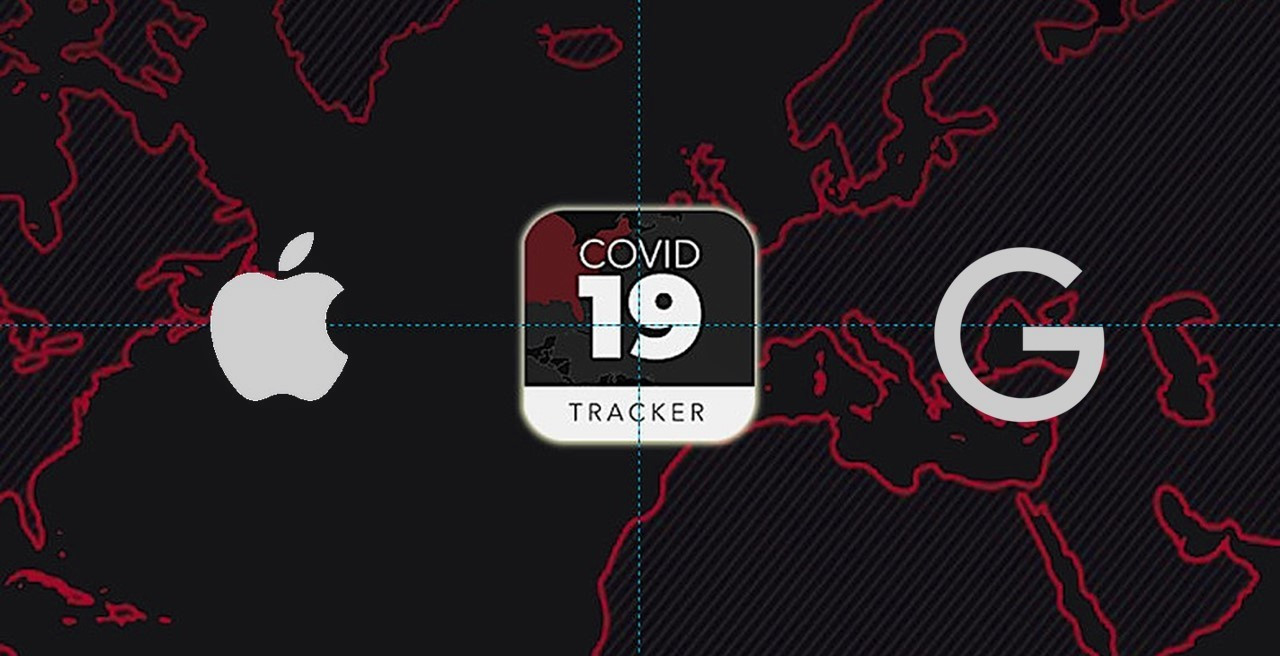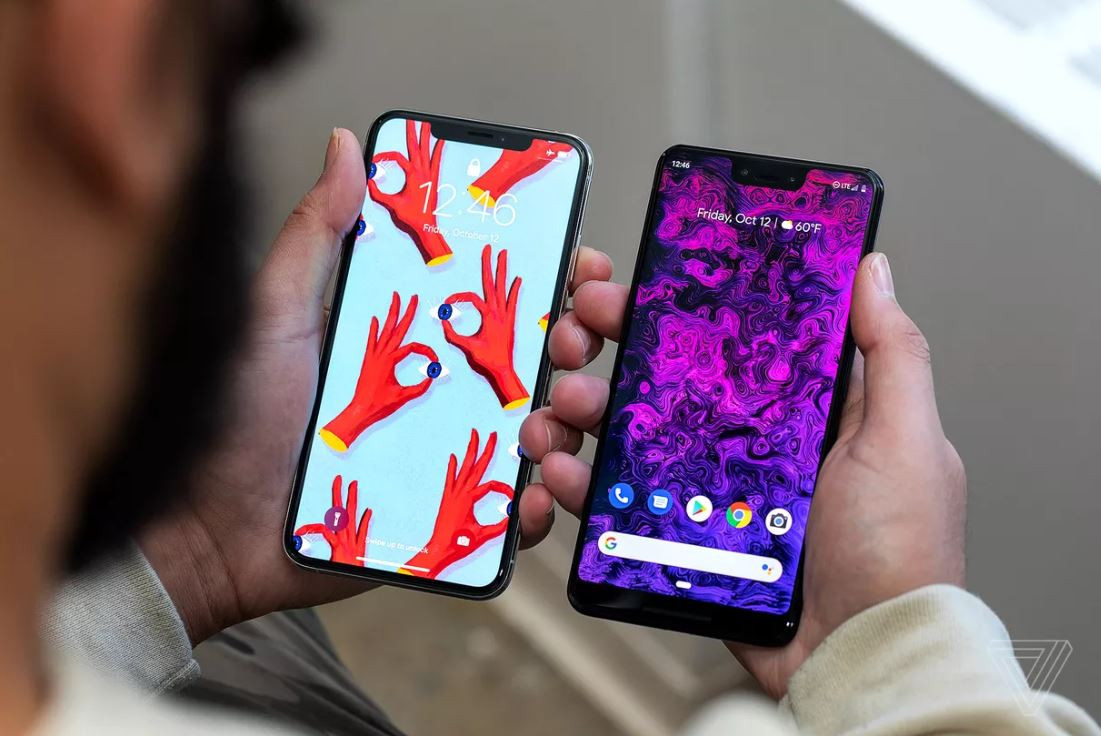

Coronavirus Tracking System by Google & Apple
Sunday 12th of April 2020
Coronavirus Tracking System by Google & Apple
On 10th April, Apple and Google announced a system for tracking the spread of the new coronavirus, allowing users to share data through Bluetooth Low Energy (BLE) transmissions and approved apps from health organizations.
It uses short-range Bluetooth communications to establish a voluntary contact-tracing network, keeping extensive data on phones that have been in close proximity with each other. Official apps from public health authorities will get access to this data, and users who download them can report if they’ve been diagnosed with COVID-19. The system will also alert people who download them to whether they were in close contact with an infected person.

Apple and Google are launching the program in two phases, starting with an application programming interface (API) in mid-May. API will make sure iOS and Android apps can trace users regardless of which operating system they’re using. However, it will be restricted to official apps released by public health authorities on the iOS App Store and Google Play Store.

Following this, Google and Apple want to add contact tracing as a core iOS and Android feature. The method is a little vague for now, but the goal is that you’d opt in through something like your phone settings. This would turn on the digital key-swapping without requiring a third-party app. Then, if you’re exposed, your phone would signal this somehow and urge you to download an app for more information.